Home>Interior Design>How To Get Paint Out Of A Carpet: Expert Tips For Fast Results
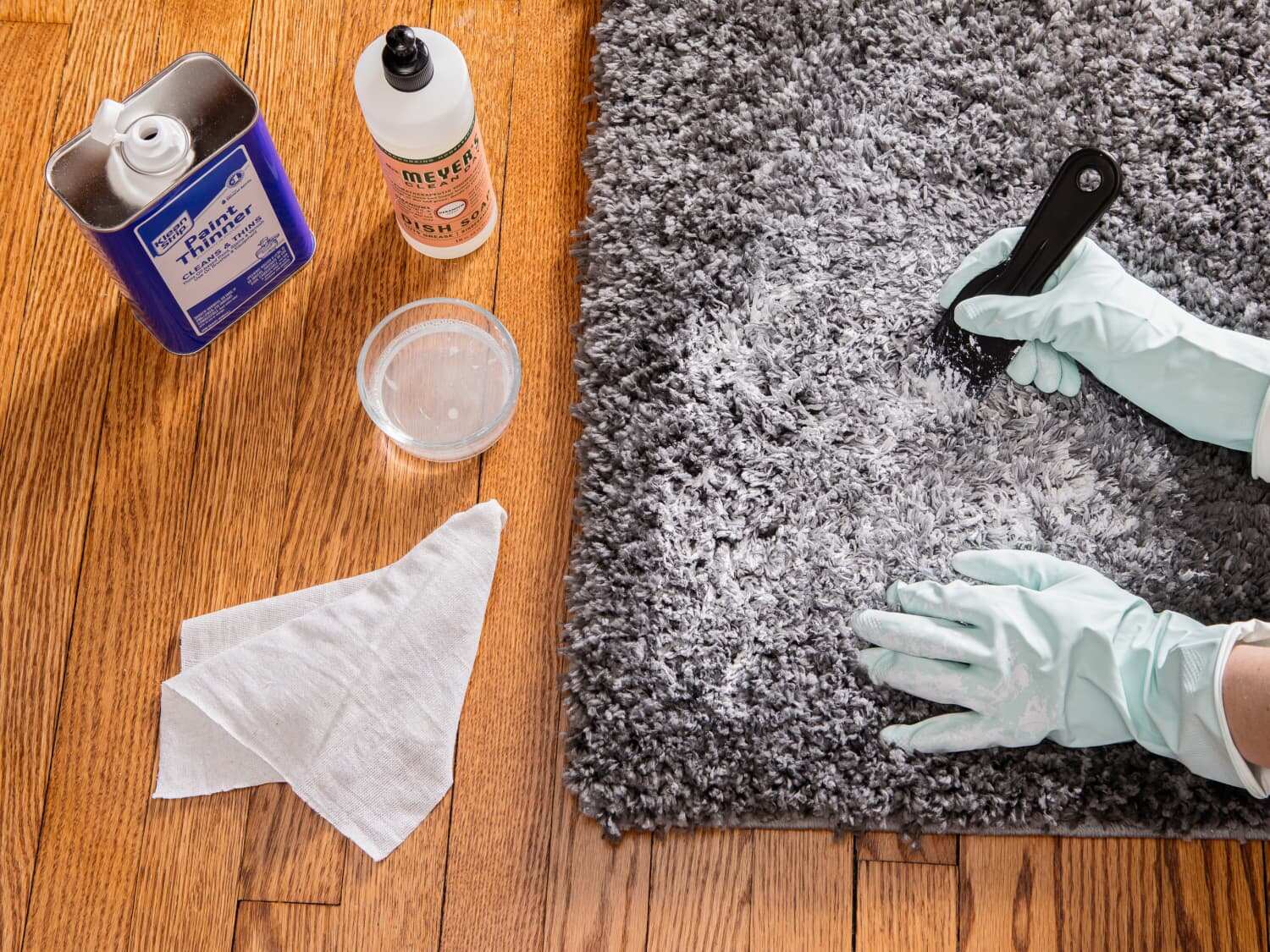

Interior Design
How To Get Paint Out Of A Carpet: Expert Tips For Fast Results
Modified: January 23, 2024
Learn expert tips for quickly removing paint from carpets with our interior design guide. Get fast results and restore your carpet's pristine condition.
(Many of the links in this article redirect to a specific reviewed product. Your purchase of these products through affiliate links helps to generate commission for Storables.com, at no extra cost. Learn more)
Introduction:
Accidents happen, and even the most careful homeowners may find themselves facing a paint spill on their lovely carpet. Whether it’s a small splatter or a big mishap, dealing with paint stains can be a daunting task. However, with the right techniques and a little bit of patience, you can effectively remove paint from your carpet and restore its original beauty. In this guide, we will provide expert tips on how to get paint out of a carpet quickly and efficiently.
Before diving into the methods of paint removal, it is crucial to understand the type of paint you are dealing with. There are two main categories: water-based paint and oil-based paint. This distinction is essential as the removal process can differ significantly depending on the type of paint.
Water-based paint, also known as latex paint, is the most common type used for interior household projects. It is easier to clean up and remove compared to oil-based paint. On the other hand, oil-based paints are more resilient and tend to require more effort for removal. Understanding the characteristics of the paint will help you choose the most effective technique for removing it from your carpet.
When dealing with water-based paint stains, the key is to act quickly. Time is of the essence, as once the paint dries, it becomes more challenging to remove. Start by blotting the wet paint gently with a clean cloth or paper towel. Avoid rubbing the area, as it can spread the paint further into the carpet fibers. Once most of the excess paint is removed, mix a solution of mild dish soap and warm water. Use a sponge or soft-bristled brush to apply the soapy solution to the stained area, working from the outside in. Blot the paint with a clean cloth repeatedly, rinsing and repeating the process until the paint is no longer visible.
Oil-based paint stains require a different approach. Begin by scraping off any excess paint gently using a plastic scraper or spoon. Be careful not to damage the carpet fibers while scraping. Next, dampen a cloth with a solvent such as turpentine or paint thinner and blot the stained area. Start from the outer edges and work your way towards the center to prevent the paint from spreading. Continue blotting until the paint is lifted. Remember to test the solvent on a small, inconspicuous area of the carpet first to ensure it does not cause any damage.
Key Takeaways:
- Act quickly when dealing with paint spills on your carpet, as prompt action can significantly increase the chances of successful stain removal, especially for water-based paint stains.
- Employ preventive measures such as proper workspace preparation and protective coverings to minimize the risk of paint spills on your carpet, ensuring its long-term cleanliness and beauty.
Read more: How To Get Dry Acrylic Paint Out Of A Carpet
Understanding the type of paint:
Before you attempt to remove paint from your carpet, it’s crucial to understand the type of paint you’re dealing with. This knowledge will help you choose the most effective method for removal and avoid causing further damage.
The two main types of paint commonly used are water-based paint and oil-based paint.
Water-based paint:
Water-based paint, also known as latex paint, is the most commonly used paint for interior projects. It is water-soluble and easier to clean up compared to oil-based paint. Water-based paint dries quickly and is less likely to leave a strong odor. It comes in a variety of finishes, including satin, semi-gloss, and matte.
When dealing with water-based paint stains on your carpet, it’s essential to act quickly. The longer the paint sits on the carpet, the more challenging it will be to remove. As soon as you notice the spill, immediately blot the area with a clean cloth or paper towel to remove any excess paint. Avoid rubbing the stain, as it can further spread the paint into the carpet fibers.
Oil-based paint:
Oil-based paint is known for its durability and longevity. It contains natural oils or synthetic resins as binders and solvents such as mineral spirits or turpentine. While oil-based paint is commonly used for exterior surfaces like wood and metal, it can also be used for interior projects.
Removing oil-based paint stains from your carpet requires a different approach compared to water-based paint. Due to its composition, oil-based paint takes longer to dry and can leave a more stubborn stain. It’s crucial to act quickly but cautiously to prevent the paint from setting into the carpet fibers.
Before attempting to remove oil-based paint, protect your hands by wearing gloves and ensure the area is well-ventilated. Start by gently scraping off any excess paint using a plastic scraper or spoon. Be careful not to damage the carpet fibers in the process. Once you’ve removed the excess paint, you can proceed with the appropriate removal technique.
By understanding the characteristics of the paint on your carpet, you can choose the most effective removal method and increase your chances of successful stain removal. Keep in mind that different carpet fibers and colors may react differently to certain cleaning agents, so it’s always a good idea to test any solution on a small, inconspicuous area of the carpet before proceeding with the entire stain removal process.
Removing water-based paint:
Water-based paint, also known as latex paint, is a common choice for interior home projects. If you have accidentally spilled water-based paint on your carpet, don’t panic. With a few simple steps, you can effectively remove the paint and restore the beauty of your carpet.
The key to successfully removing water-based paint from your carpet is to act quickly. The longer the paint remains on the carpet, the more difficult it will be to remove. Here’s a step-by-step guide:
- Blot the excess paint: As soon as you notice the spill, grab a clean cloth or paper towel and gently blot the paint. Make sure to blot instead of rubbing, as rubbing can spread the paint further into the carpet fibers. Continue blotting until you have removed as much of the excess paint as possible.
- Create a cleaning solution: Mix a solution of mild dish soap and warm water. Avoid using harsh chemicals or bleach, as they can damage the carpet fibers or cause discoloration. Stir the solution to create a mild soapy mixture.
- Apply the cleaning solution: Dip a sponge or soft-bristled brush into the soapy solution and gently apply it to the stained area. Start from the outer edges of the paint stain and work your way towards the center. Be careful not to oversaturate the carpet, as excessive moisture can seep into the carpet padding.
- Blot and rinse: After applying the soapy solution, use a clean cloth to blot the paint stain. You’ll notice that the paint begins to transfer onto the cloth. Continue blotting with a clean part of the cloth until no more paint comes off. Then, rinse out the cloth and repeat the process until the paint stain is no longer visible.
- Dry the area: Once the paint is removed, use a clean, dry cloth or paper towels to absorb as much moisture from the carpet as possible. You can also place a fan or open windows to speed up the drying process. Avoid walking on the damp area until it is completely dry to prevent any further damage or re-soiling.
If the paint stain persists even after attempting these steps, it may be necessary to seek professional help or try alternative techniques. Remember, different carpet fibers and colors may react differently to cleaning solutions, so it’s always a good idea to test any cleaning agent on a small, inconspicuous area of the carpet before applying it to the entire stain.
By acting quickly and following these steps, you can effectively remove water-based paint from your carpet and restore its original cleanliness and beauty.
Removing oil-based paint:
Oil-based paint stains on your carpet can be more challenging to remove compared to water-based paint stains. However, with the right technique and a little perseverance, you can effectively eliminate oil-based paint and restore your carpet’s appearance. Here’s a step-by-step guide:
- Act quickly: As soon as you notice the oil-based paint spill, it’s important to act quickly. The longer the paint sits on the carpet, the more it will seep into the fibers and become more difficult to remove.
- Scrape off excess paint: Before attempting any cleaning method, use a plastic scraper or spoon to gently scrape off any excess paint. Be careful not to press too hard and damage the carpet fibers. Work from the outer edges of the paint stain towards the center to prevent spreading the paint further.
- Choose a solvent: Oil-based paint requires a stronger solvent to break it down effectively. Common solvents include turpentine, paint thinner, or mineral spirits. It’s important to note that these substances have a strong odor and should be used in a well-ventilated area.
- Apply the solvent: Dampen a clean cloth with the chosen solvent and gently blot the stained area. Start from the outer edges of the paint stain and work your way towards the center. Be cautious not to oversaturate the carpet, as excessive moisture can cause damage or discoloration.
- Blot and lift the paint: As you blot the stained area with the solvent-dampened cloth, you’ll notice the paint transferring onto the cloth. Continue blotting with a clean part of the cloth until no more paint comes off. Rinse the cloth and repeat the process until the paint stain is no longer visible.
- Clean the area: Once the paint stain is removed, it’s essential to clean the area thoroughly to remove any remaining residue. Mix a mild dish soap with warm water and apply it to the stained area using a sponge or soft-bristled brush. Gently scrub the area to lift any leftover paint or solvent. Rinse with clean water and blot the area dry with a clean cloth.
- Dry the carpet: After removing the paint and cleaning the area, allow the carpet to air dry completely. Open windows or use fans to speed up the drying process. Avoid stepping on the damp carpet until it is completely dry to prevent tracking dirt or causing further damage.
If the oil-based paint stain persists or if you’re unsure about using solvents, it may be best to consult a professional carpet cleaner who has experience with removing stubborn stains. They can provide expert advice and specialized cleaning methods to effectively tackle the paint stain without causing harm to your carpet.
Remember, different carpet materials and colors may respond differently to solvents and cleaning agents. Always test any solvent or cleaning solution on a small, inconspicuous area of the carpet before applying it to the entire stain.
By acting quickly and using the appropriate methods, you can successfully remove oil-based paint stains from your carpet and restore its pristine condition.
Removing dried paint:
Dealing with dried paint stains on your carpet can be more challenging, but it is not impossible to remove them. With the right techniques and a bit of patience, you can effectively tackle dried paint and restore the appearance of your carpet. Here’s a step-by-step guide:
- Scrape off the dried paint: Start by using a plastic scraper or a blunt knife to carefully scrape off as much of the dried paint as possible. Be gentle to avoid damaging the carpet fibers. Work from the outer edges of the paint stain towards the center.
- Apply a paint remover: There are commercially available paint removers specifically designed to dissolve and remove dried paint stains. Before using any paint remover, carefully read and follow the instructions provided by the manufacturer. Apply the paint remover to the stained area and let it sit for the recommended amount of time to allow the product to break down the dried paint.
- Scrub the stain: After the paint remover has had time to work, use a soft-bristle brush or a cloth to scrub the stained area gently. Scrub in a circular motion, working from the outer edges towards the center. This will help loosen the paint particles from the carpet fibers.
- Blot the stain: Once you have scrubbed the stain, use a clean cloth or paper towels to blot the area. This will help remove the loosened paint particles and the paint remover from the carpet fibers. Continue blotting until no more paint is transferring onto the cloth.
- Rinse the area: After blotting, dampen a cloth with warm water and gently rinse the area where the paint stain was. Make sure to remove any leftover paint remover or residue. Blot the area with a clean, dry cloth to absorb excess moisture.
- Dry the carpet: Allow the carpet to air dry completely. Open windows or use fans to speed up the drying process. Avoid walking on the damp carpet until it is fully dry to prevent any further damage or re-soiling.
If the dried paint stain proves to be stubborn and does not come off with these methods, it may be necessary to consult a professional carpet cleaner. They have the expertise and specialized tools to effectively remove tough stains without causing damage to your carpet.
Remember, different carpet materials and colors may react differently to paint removers. It is always advisable to test any product on a small, inconspicuous area of the carpet before applying it to the entire stain.
By following these steps and using the appropriate paint removal techniques, you can successfully remove dried paint stains from your carpet and restore its original beauty.
Blot the paint with a clean cloth to remove as much as possible. Then, mix 1 tablespoon of dishwashing liquid with 2 cups of warm water and blot the stain with the solution. Repeat until the paint is gone.
Read more: How To Get Dried Latex Paint Out Of A Carpet
Commercial stain removers:
When it comes to removing stubborn stains, including paint, from your carpet, commercial stain removers can be a convenient and effective option. These products are specifically formulated to break down and lift tough stains, making the removal process easier. Here are some key points to consider when using commercial stain removers:
Choose the right product:
There are various types of commercial stain removers available on the market, each designed to target specific types of stains. When selecting a stain remover for paint stains on your carpet, look for products that specifically mention the removal of paint or tough stains. Read the label carefully to ensure it is safe for use on your carpet type.
Follow instructions:
Before using a commercial stain remover, carefully read and follow the instructions provided by the manufacturer. The instructions usually include the recommended application method, contact time, and any safety precautions you should take. Adhering to the instructions will ensure the best results and help prevent any potential damage to your carpet.
Test on a small area:
Before applying the stain remover to the entire paint stain, it’s important to test it on a small, inconspicuous area of your carpet. This will help you ensure that the product does not cause any discoloration or damage. Apply a small amount of the stain remover and let it sit for the recommended time before blotting it away. If there are no adverse reactions, you can proceed with treating the rest of the stain.
Apply and blot:
Once you are ready to use the stain remover, apply it directly to the paint stain according to the instructions. Use a clean cloth or sponge to work the product into the carpet fibers. Let the stain remover sit for the recommended time to allow it to break down the paint. Afterward, use a clean cloth or paper towel to blot the area, lifting the paint and the stain remover from the carpet. Repeat the process if necessary until the stain is completely removed.
Rinse and dry:
After removing the paint stain with the stain remover, rinse the area with clean water to remove any residue left behind. Blot the area with a clean, dry cloth to absorb excess moisture. Allow the carpet to air dry completely before walking on it.
Caution:
While commercial stain removers can be effective, it’s important to use them with caution. Follow safety instructions and avoid using excessive amounts of the product, as this can lead to carpet damage or color fading. If you have any concerns or doubts about using a commercial stain remover, it’s best to consult a professional carpet cleaner who can provide expert advice and assistance.
Commercial stain removers can be a valuable tool in your arsenal for removing paint stains from your carpet. However, it’s important to use them properly, following instructions and taking necessary precautions, for the best results while protecting the condition of your carpet.
Homemade solutions for paint removal:
If you prefer to tackle paint stains on your carpet with natural and readily available ingredients, there are several homemade solutions you can try. These solutions are safe, cost-effective, and eco-friendly. Here are a few effective homemade remedies for paint removal:
Vinegar solution:
Vinegar is known for its versatile cleaning properties. Create a solution of equal parts white vinegar and warm water. Dampen a clean cloth with the vinegar solution and gently dab the paint stain. You can also use a soft-bristled brush to work the solution into the paint stain. Continue blotting or gently scrubbing until the paint is lifted. Rinse the area with clean water and blot dry.
Lemon juice and baking soda paste:
A mixture of lemon juice and baking soda can be effective for removing paint stains. Create a paste by combining equal parts lemon juice and baking soda. Apply the paste directly to the stained area and let it sit for a few minutes. Gently scrub the stained area with a soft-bristled brush or cloth. Rinse with clean water and blot dry.
Rubbing alcohol:
Rubbing alcohol can be useful for removing paint stains, especially on carpets with synthetic fibers. Dampen a clean cloth with rubbing alcohol and blot the stained area. The alcohol will help break down and dissolve the paint. Keep blotting until the paint is lifted and the stain is removed. Rinse with clean water and blot dry.
Hydrogen peroxide:
Hydrogen peroxide can be effective for removing fresh or dried water-based paint stains. It works well on light-colored carpets, but it’s always best to test it on an inconspicuous area first to ensure it doesn’t cause color fading. Apply a small amount of hydrogen peroxide directly to the stained area and let it sit for a few minutes. Blot the area with a clean cloth or sponge until the paint is lifted. Rinse with water and blot dry.
Cornstarch or talcum powder:
If the paint stain is dried, you can use cornstarch or talcum powder to help lift the paint. Sprinkle a generous amount of cornstarch or talcum powder onto the stain and let it sit for a few hours. The powder will absorb the paint, making it easier to remove. Vacuum up the powder and assess if any paint remains. If needed, repeat the process until the stain is eliminated.
When using homemade solutions, always remember to test them on a small, inconspicuous area of the carpet first to ensure they do not cause any damage or discoloration. Additionally, it’s important to act quickly and address paint stains as soon as they happen for the best chances of successful removal.
These homemade solutions provide a natural, budget-friendly alternative for removing paint stains from your carpet. However, if the stain persists or if you’re unsure about using these remedies, it’s advisable to consult a professional carpet cleaner for expert assistance.
Tips for preventing paint stains on carpets:
Prevention is always better than having to deal with the hassle of removing paint stains from your carpet. By taking some proactive measures, you can minimize the risk of paint spills and keep your carpets looking pristine. Here are some helpful tips for preventing paint stains on your carpets:
- Prepare your workspace: Before starting any painting project, ensure that the area is properly prepared. Move furniture and other items away from the painting zone to create a clear and spacious workspace. Cover the floor with drop cloths or plastic sheets to protect the carpet from accidental spills or splatters.
- Use protective coverings: When painting a room, consider covering the entire carpeted area with sturdy protective coverings, such as thick plastic or canvas drop cloths. Secure the coverings to the floor using tape or weights to prevent them from slipping or shifting during the painting process.
- Employ proper paint storage and handling: Store paint cans securely and upright to reduce the risk of leaks or spills. When opening paint cans, use a paint key or screwdriver to avoid damaging the lid and causing paint to splatter. Stir the paint gently to minimize the chances of it splashing out of the can.
- Seal off carpet edges: If you are painting along the baseboards or trim, apply painter’s tape to protect the edges of the carpet. Run the tape along the carpet edge, pressing it firmly to create a tight seal. This will help prevent paint from seeping onto the carpet fibers. Just remember to remove the tape carefully once the paint has dried to avoid pulling up any carpet fibers.
- Be mindful of paint brushes and rollers: While painting, handle your brushes and rollers with care to avoid dripping or splattering paint onto the carpet. When not in use, place them in a bucket or container that is lined with a plastic bag. This will catch any excess paint and prevent it from accidentally dripping onto the carpet.
- Work in a well-ventilated area: Proper ventilation is essential during painting projects. Ensure that the room is adequately ventilated by opening windows or using fans. Good air circulation can help paint dry faster, reducing the risk of accidental contact with the carpet.
- Have cleaning supplies on hand: Despite taking precautions, accidents can still happen. It’s wise to have some cleaning supplies readily available in case of a paint spill or splatter on the carpet. Keep a clean cloth, paper towels, mild dish soap, and warm water nearby to immediately address any mishaps.
- Act quickly: If a paint spill does occur, it’s crucial to act quickly to prevent the paint from setting into the carpet fibers. Blot the paint gently with a clean cloth or paper towel, starting from the outer edges and working your way towards the center. Avoid rubbing the stain, as it can cause the paint to spread further.
- Consult professional painters: For larger painting projects or if you are inexperienced, consider hiring professional painters. They have the expertise, tools, and techniques to minimize the risk of paint spills and to ensure a clean and well-executed paint job.
By following these tips, you can significantly reduce the chances of paint stains on your carpets. Prevention and careful handling are key to maintaining the beauty of your carpets while tackling any painting project.
If, despite your best efforts, a paint stain does occur, refer to the previous sections of this guide for effective methods to remove the stain and restore your carpet’s appearance.
Conclusion:
Dealing with paint stains on your carpet can be a daunting task, but with the right techniques and a little patience, you can effectively remove paint and restore the beauty of your carpet. Understanding the type of paint you’re dealing with is crucial, as it will dictate the appropriate removal method. Water-based paint stains can be treated by acting quickly, blotting the excess paint and using a mild soapy solution, while oil-based paint stains may require the use of solvents and careful blotting. Dried paint can also be tackled using specialized techniques or with the help of commercial stain removers.
For those who prefer natural alternatives, there are several homemade solutions that can be used, such as vinegar, lemon juice and baking soda, rubbing alcohol, or cornstarch. These solutions offer a safe and eco-friendly way to remove paint stains from your carpet. However, always remember to test them on a small area of the carpet first to avoid any damage or discoloration.
Prevention is also an important aspect to consider, and by taking proactive measures like preparing the workspace, using protective coverings, and practicing proper paint storage and handling, you can minimize the risk of paint stains on your carpets. In case of accidental spills or splatters, it’s crucial to act quickly and address the paint stain using the appropriate techniques.
While these tips and methods can be effective, it’s important to note that every carpet is unique, and the success of stain removal may vary. If you’re uncertain about how to proceed or if the stain persists, seeking the advice of a professional carpet cleaner can be beneficial.
By combining the knowledge and techniques shared in this guide, you’ll be well-equipped to handle paint stains on your carpet and restore its original beauty. Remember, patience, proper technique, and a proactive approach are key to successful paint stain removal, ensuring that your carpets remain a beautiful and inviting element of your home for years to come.
Frequently Asked Questions about How To Get Paint Out Of A Carpet: Expert Tips For Fast Results
Was this page helpful?
At Storables.com, we guarantee accurate and reliable information. Our content, validated by Expert Board Contributors, is crafted following stringent Editorial Policies. We're committed to providing you with well-researched, expert-backed insights for all your informational needs.
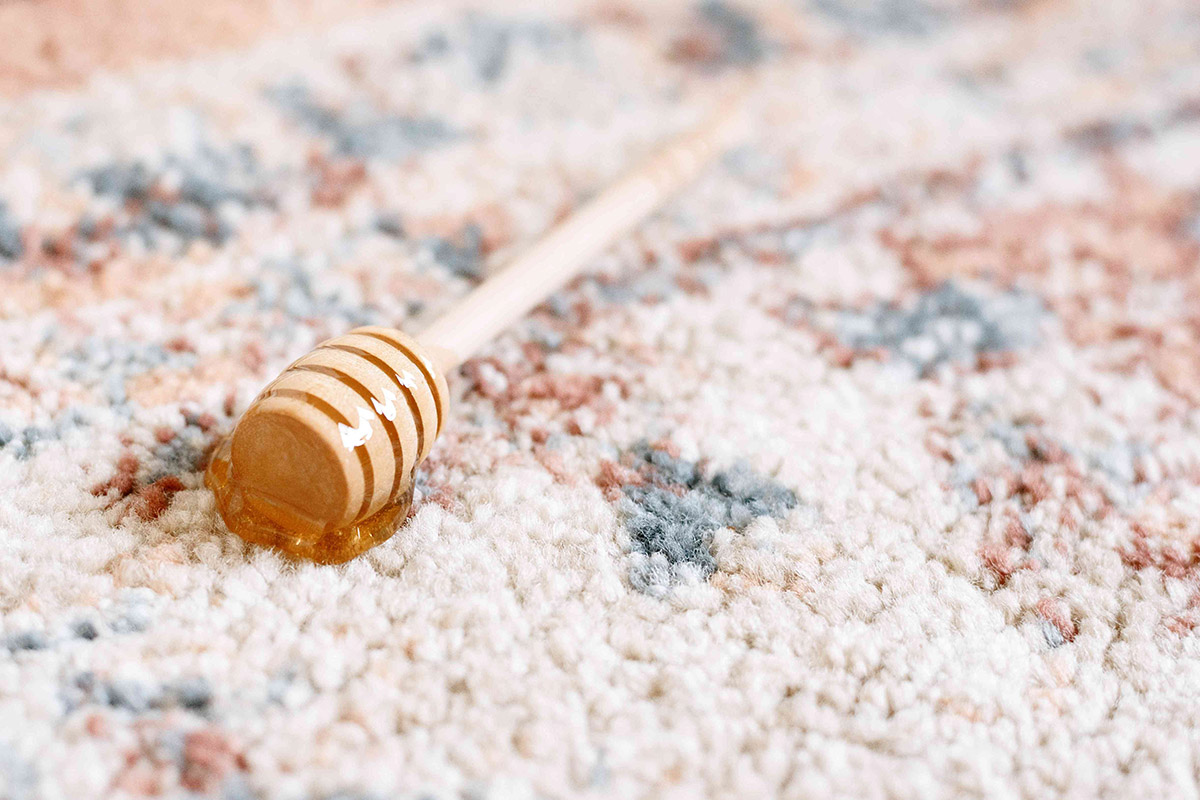
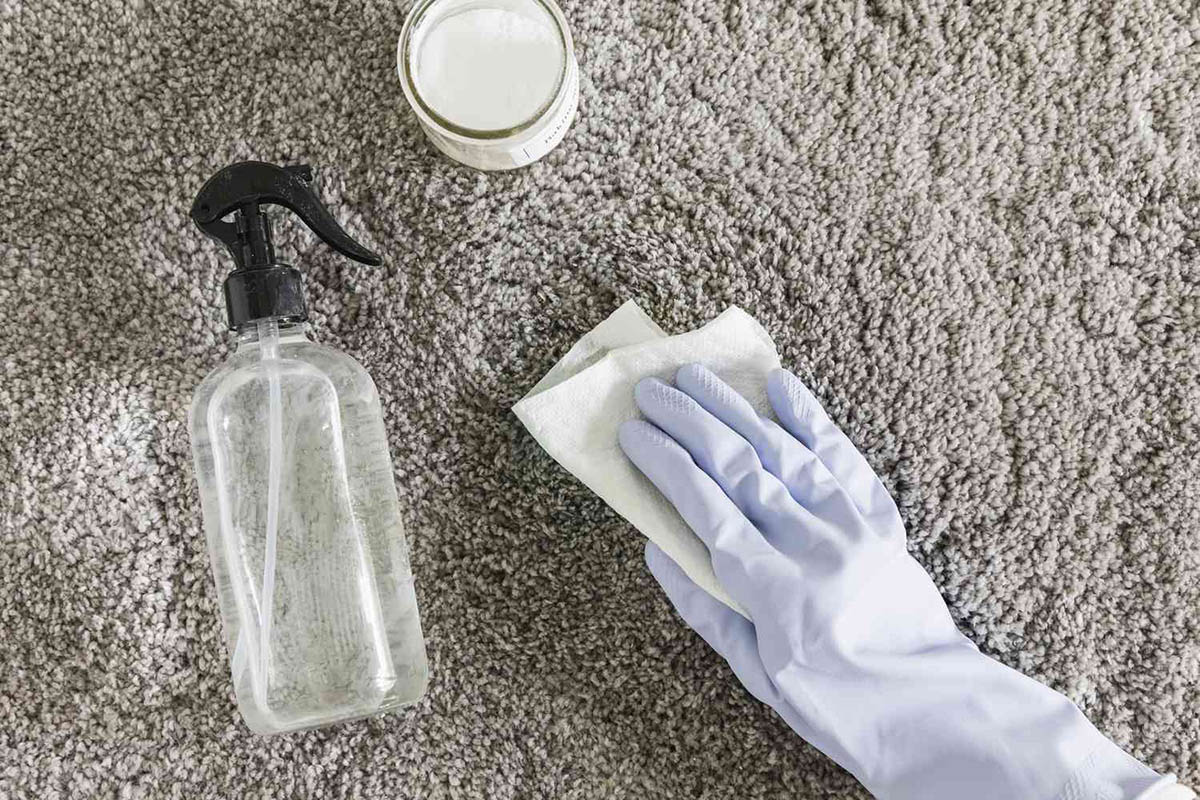
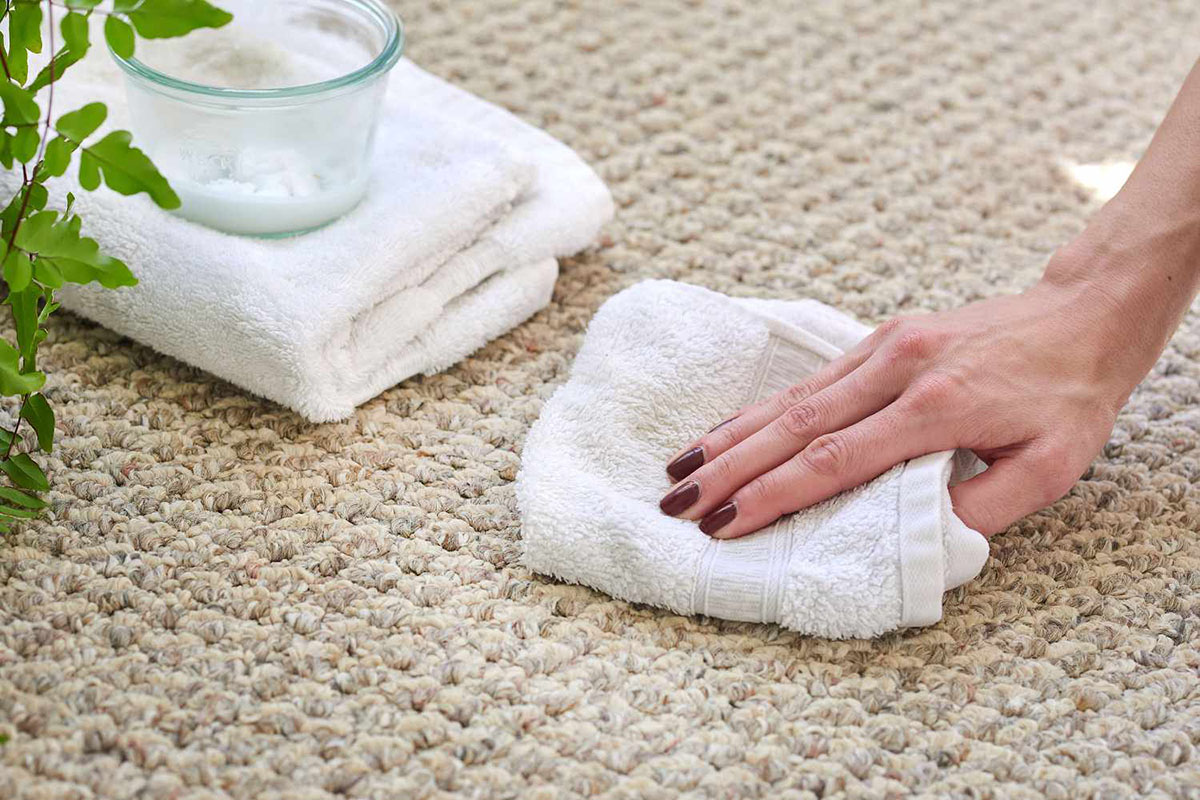
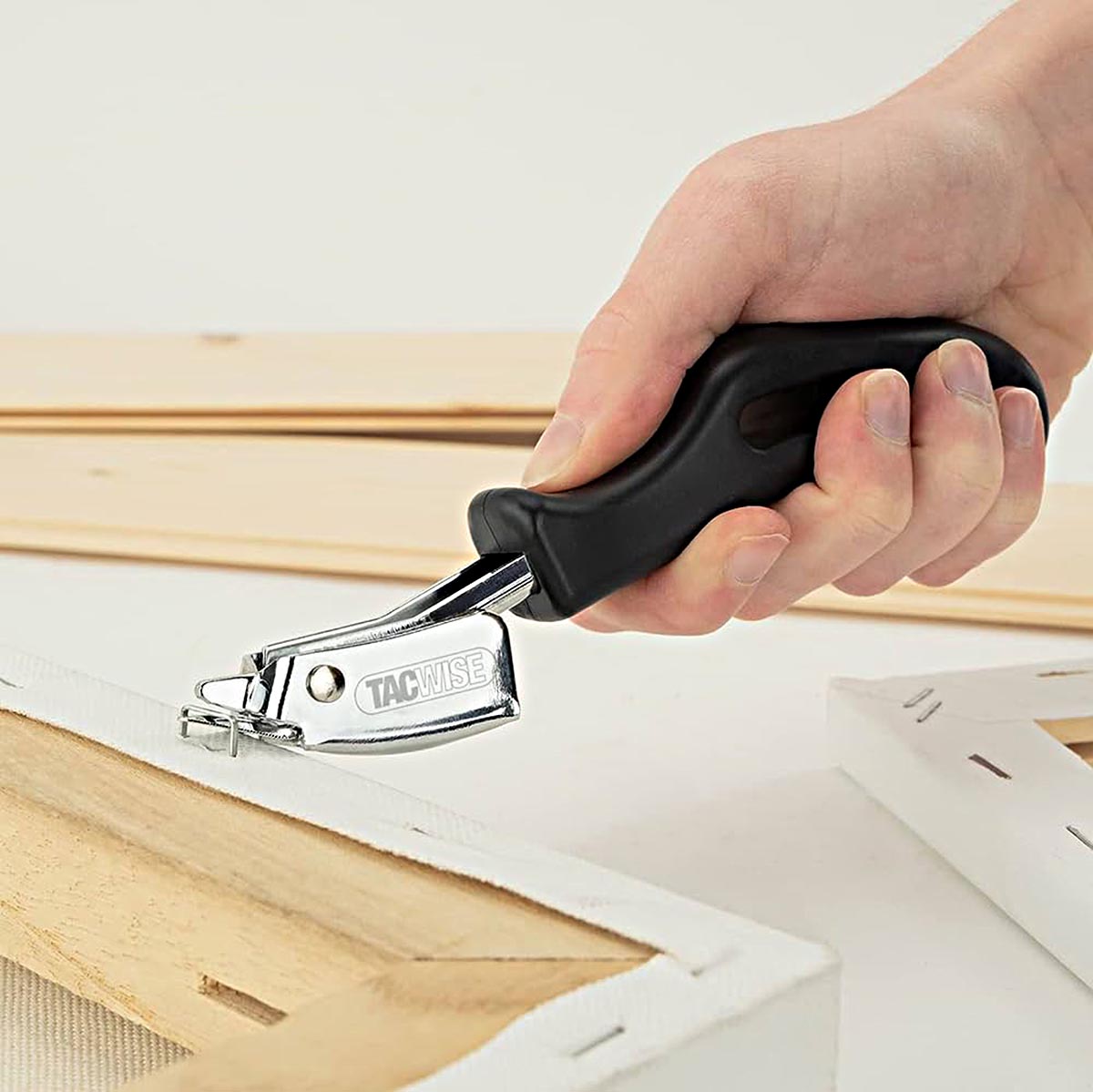
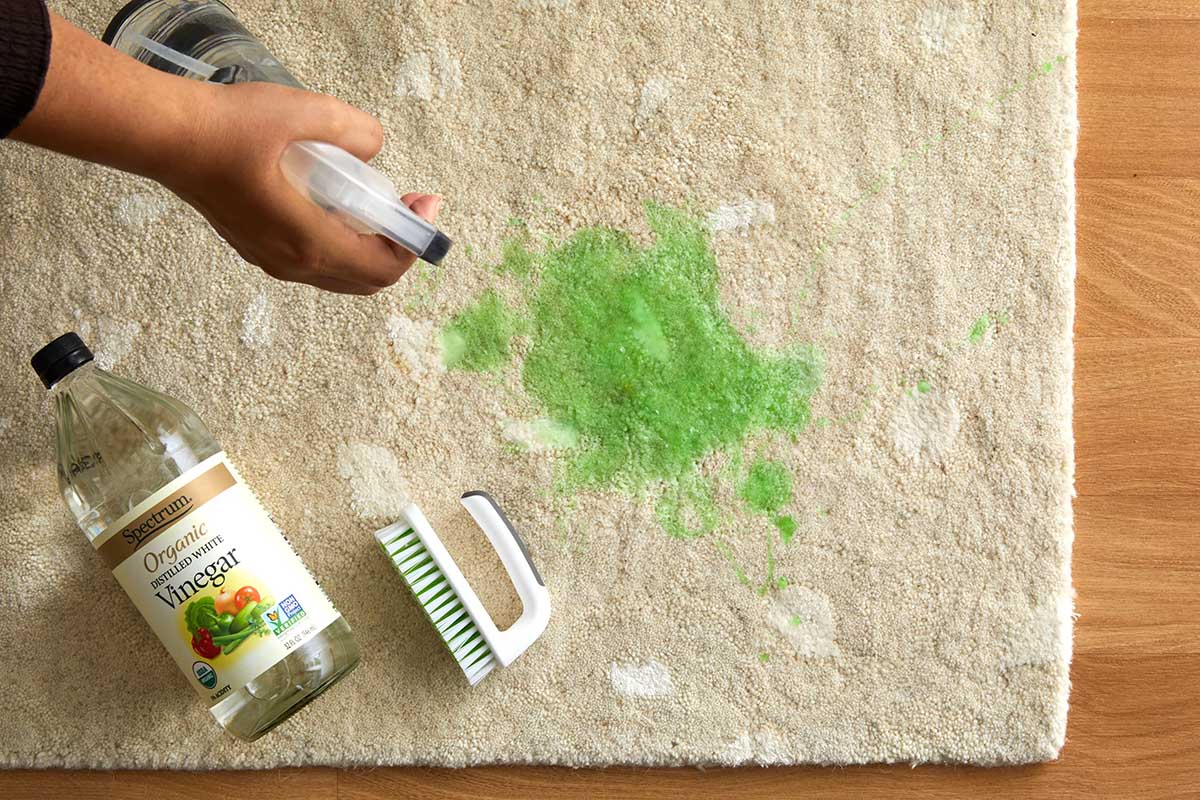
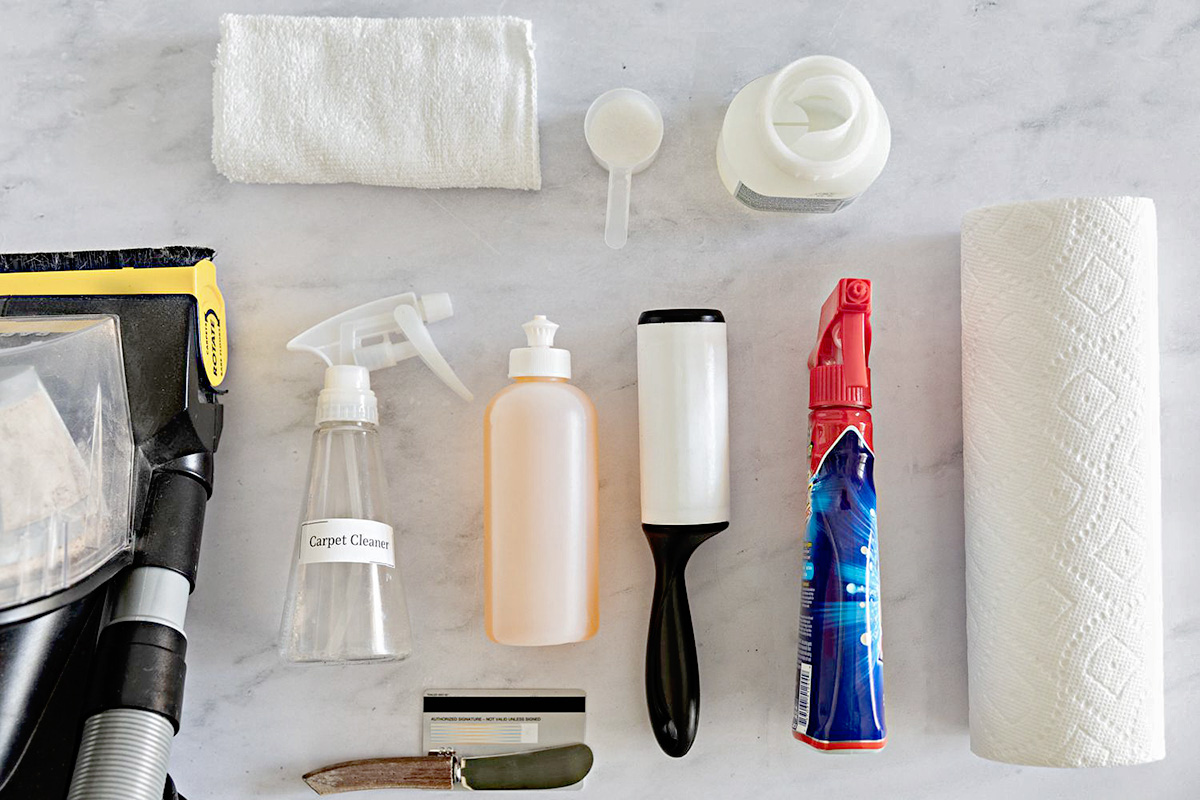

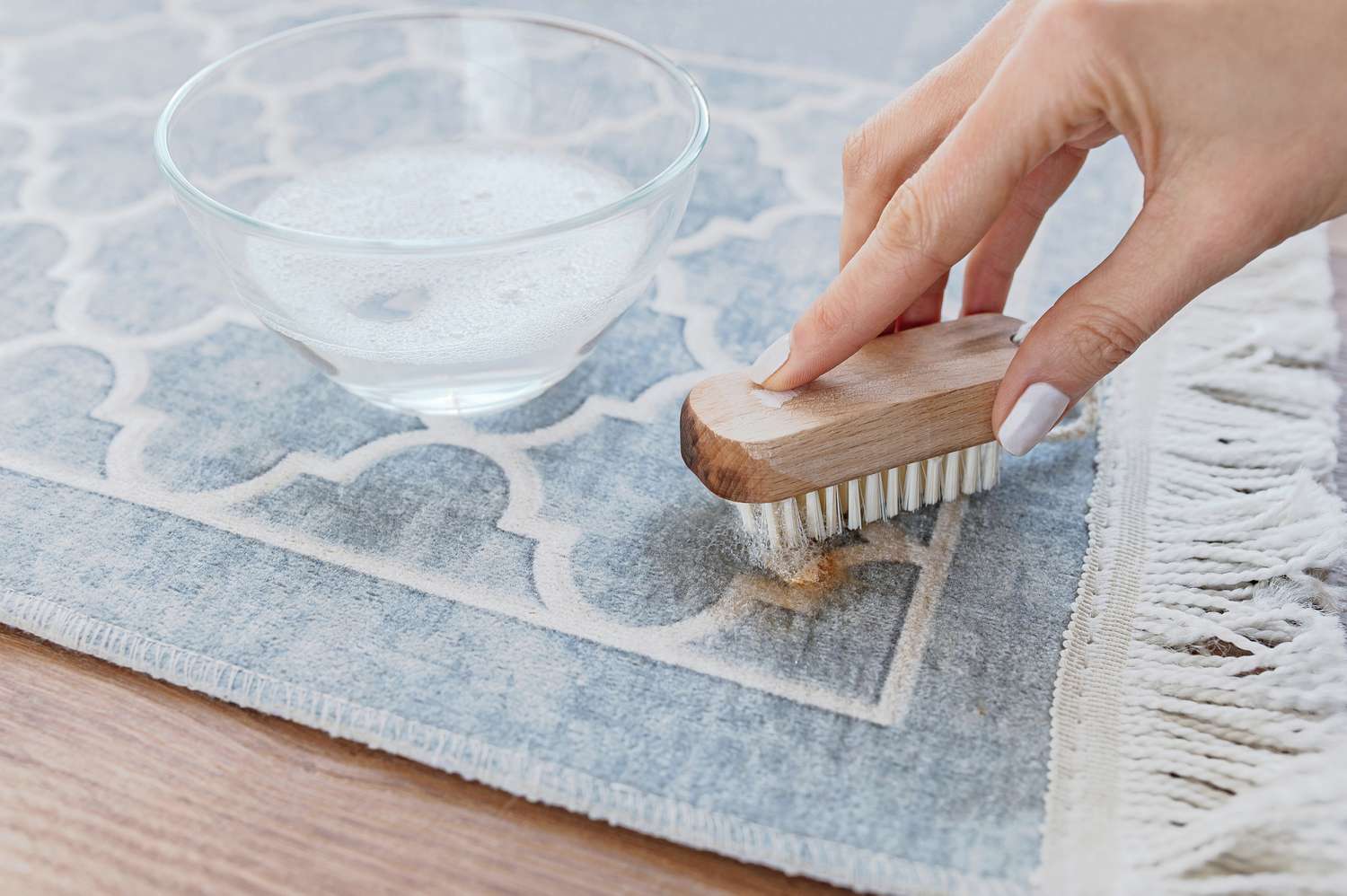
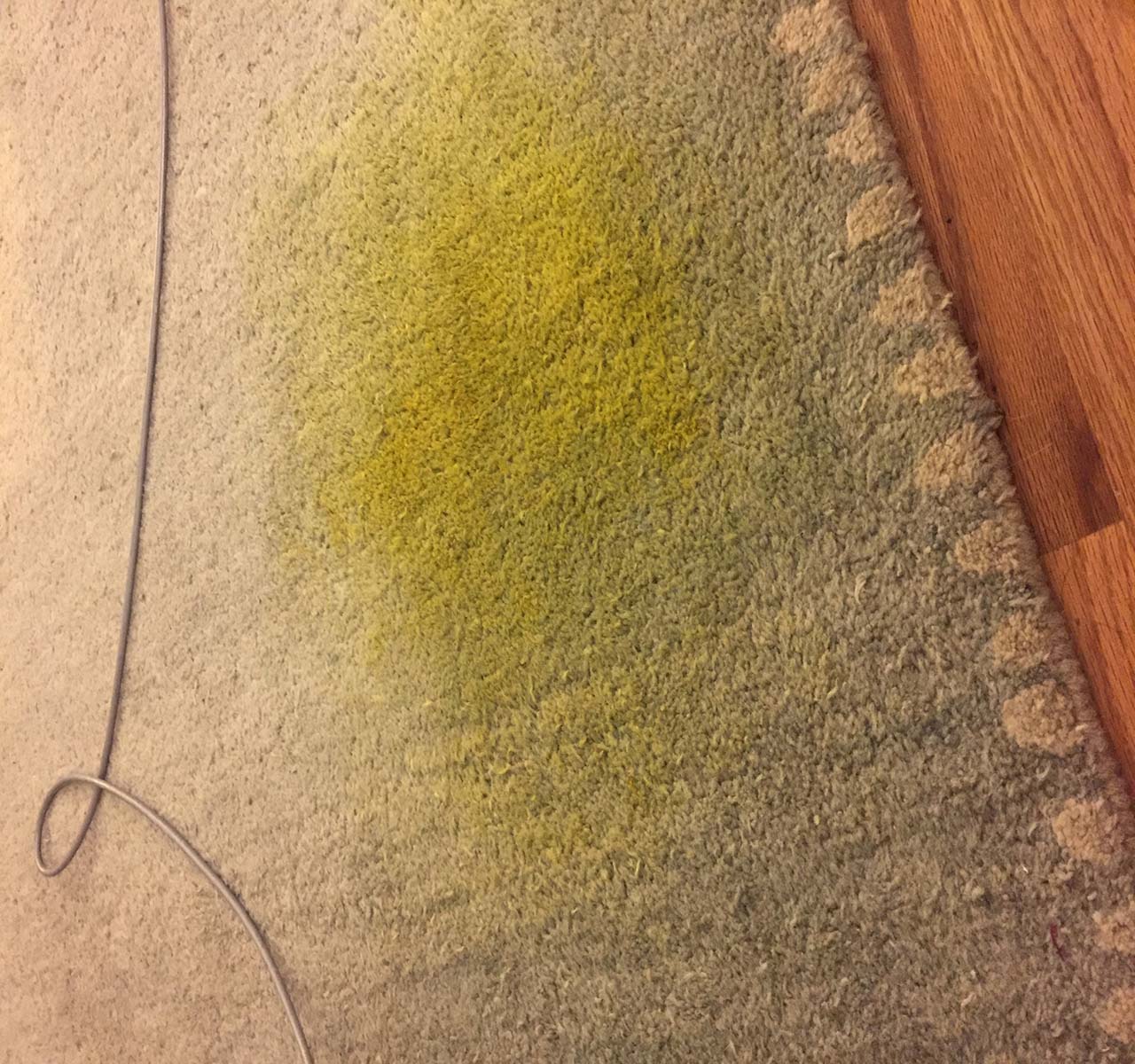
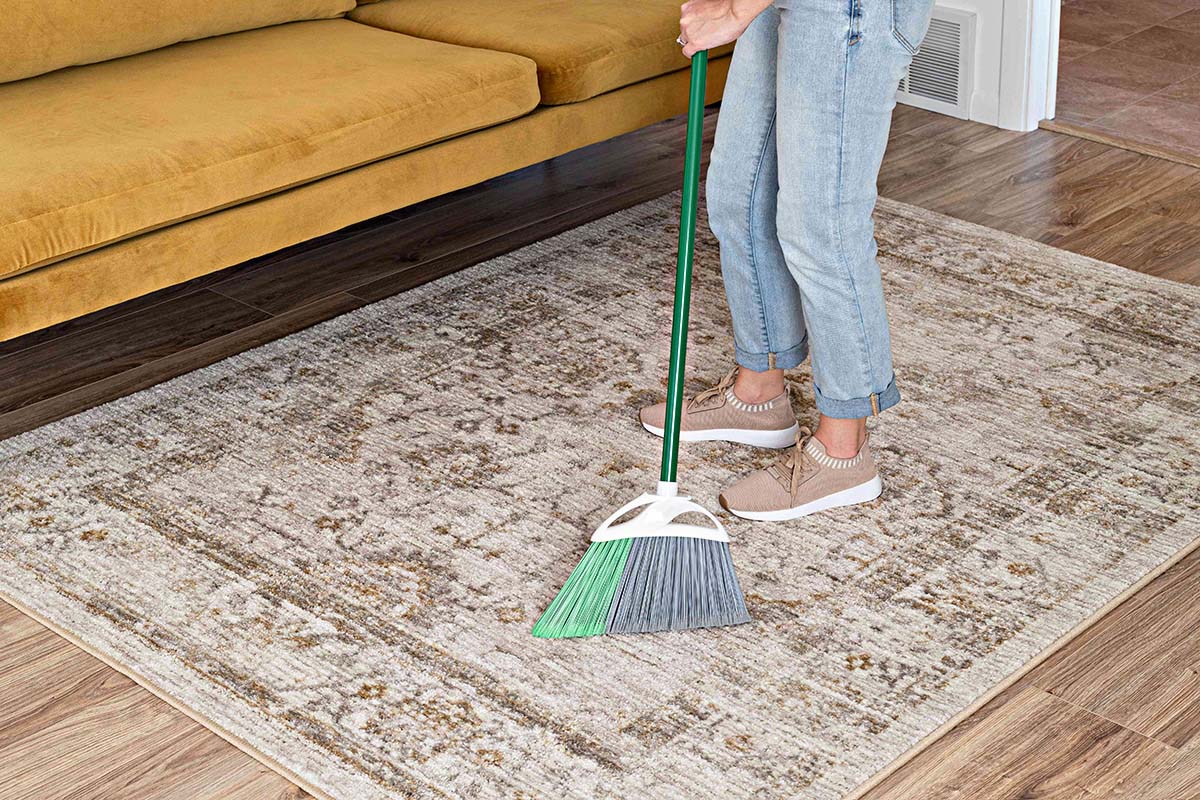
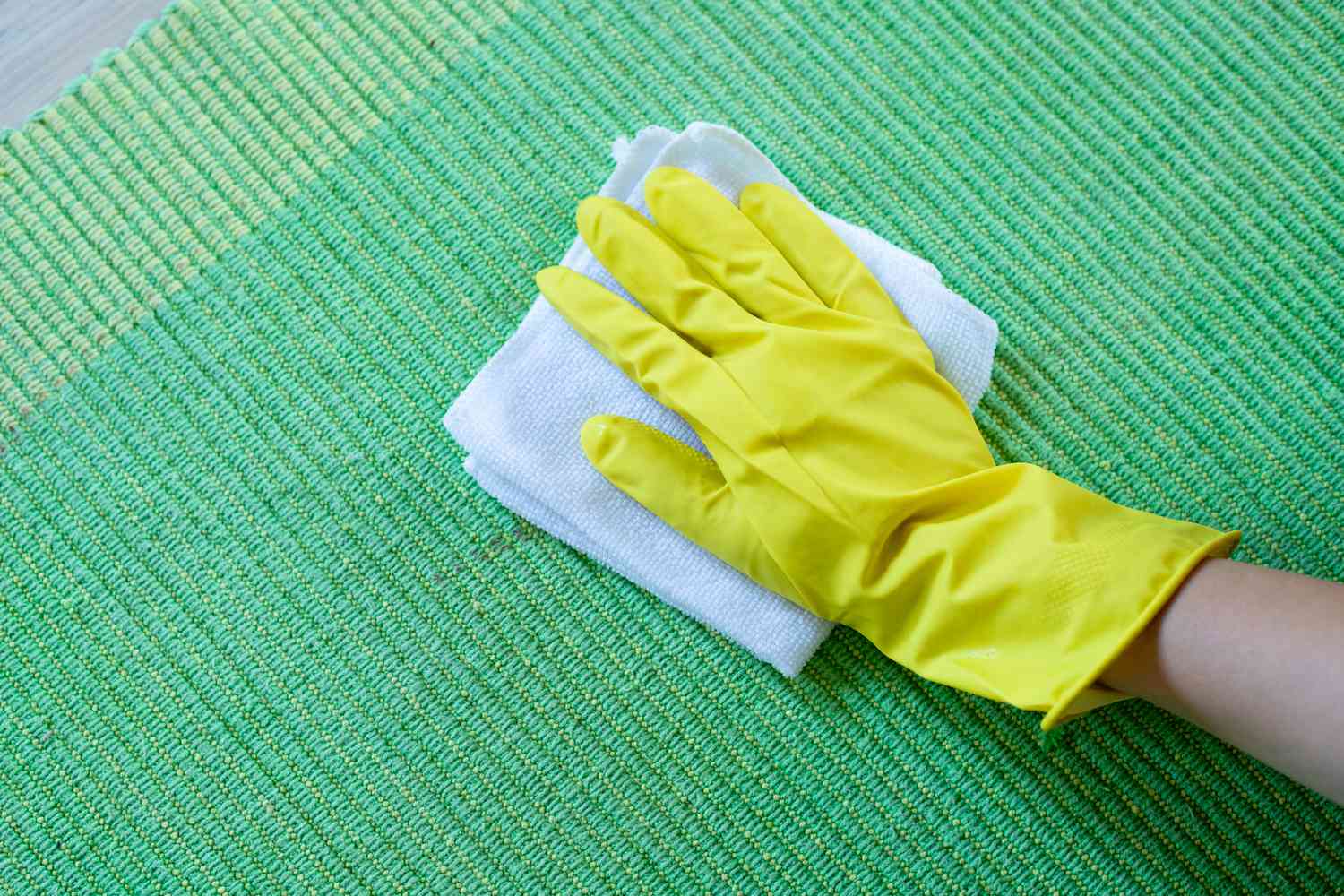
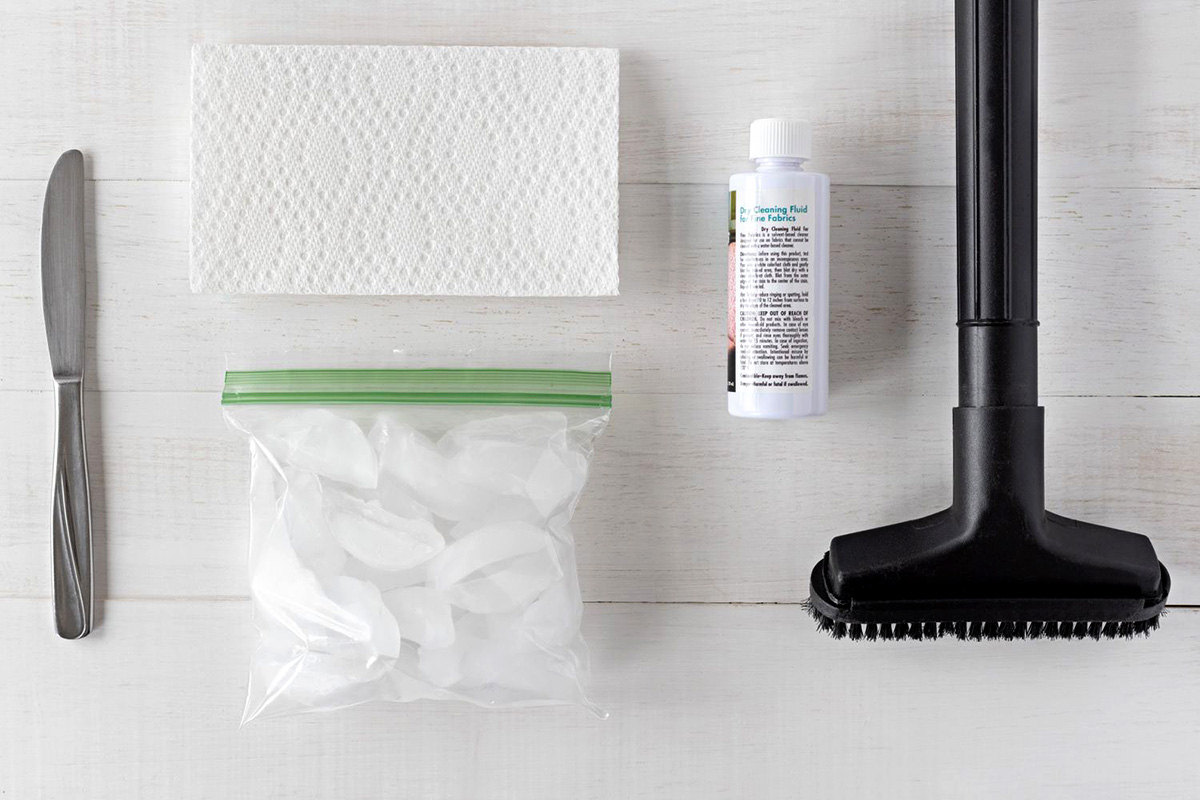
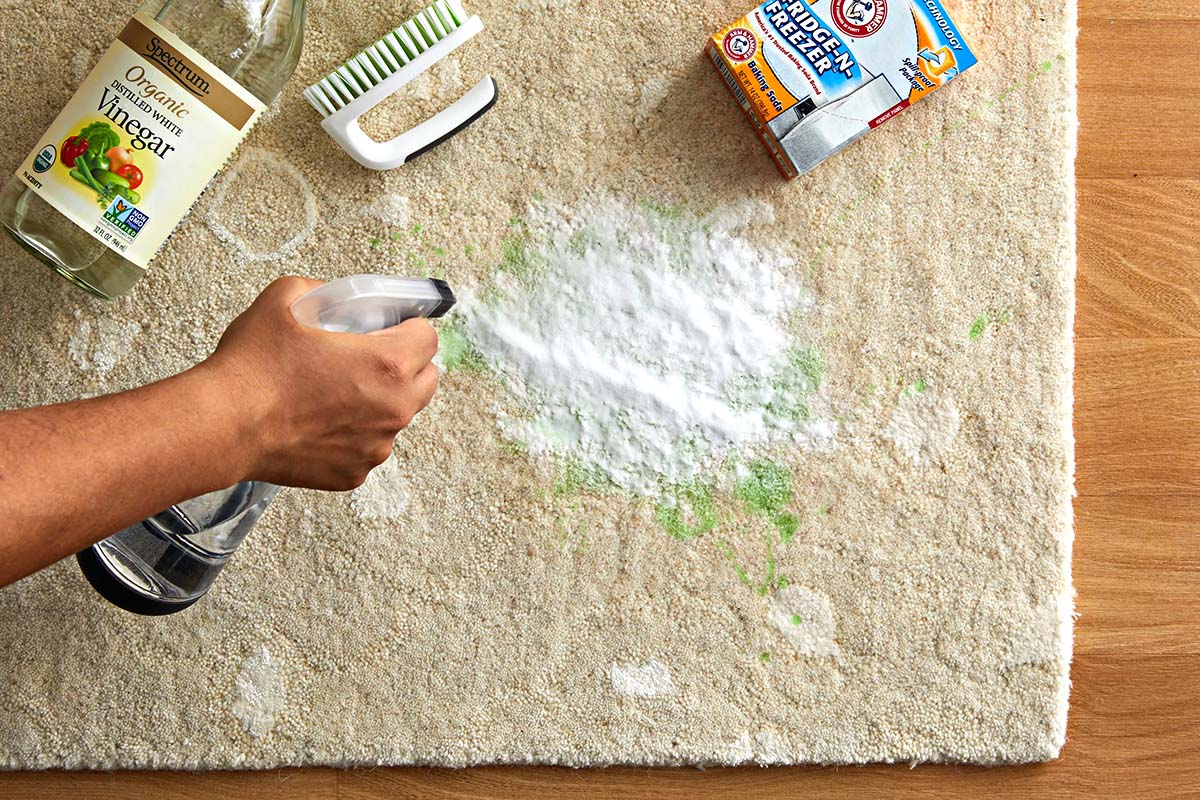
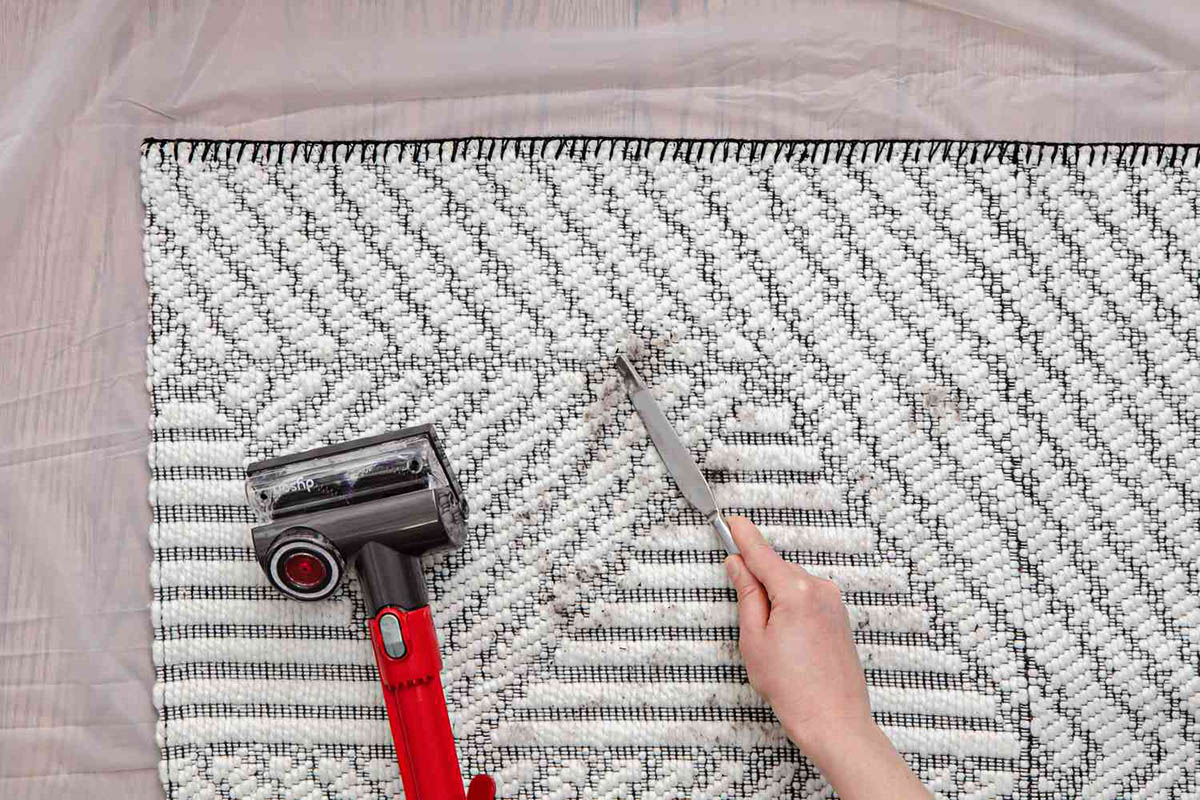

0 thoughts on “How To Get Paint Out Of A Carpet: Expert Tips For Fast Results”